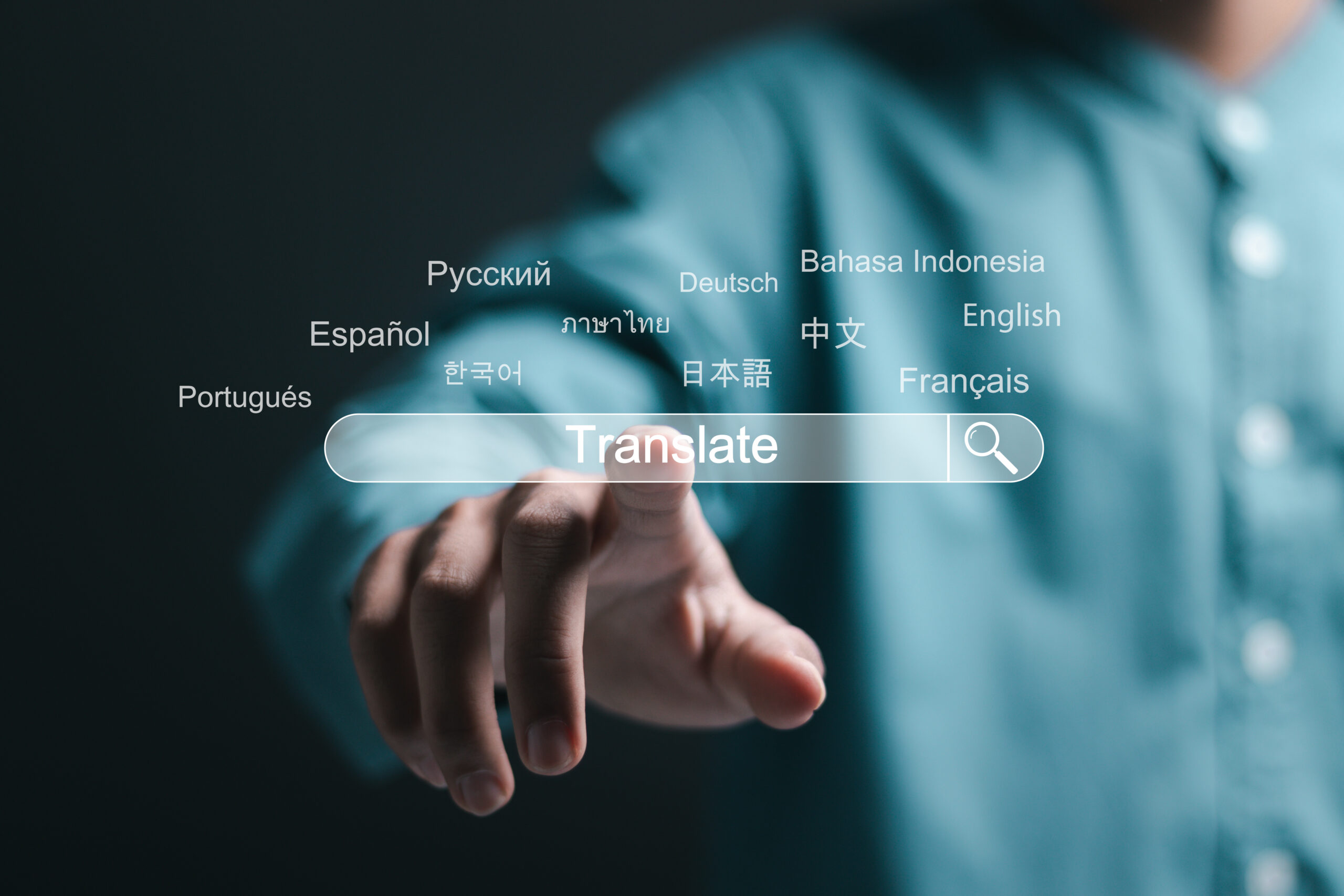Enter a new technological era: where safe and efficient translation technology can help revolutionize the investigative processes. By combining the strengths of machine, AI and human resources, investigators can expedite their workflow while minimizing costs and maintaining a high-quality outcome.
Here’s how you can utilize technology and AI-based tools to help you streamline your multilingual investigations:

1. Use a secure translation solution
First thing first: To handle multilingual data you need to seek out translation services operating in secure, closed environments, preferably offline and installed on premises – ensuring that the information that you are translating remains private. The reason you shouldn’t use the common online translation services like Google Translate etc. is because you are sharing your data with the service – something you want to avoid when working with sensitive information.
2. Search for keywords in other languages
Using a translation solution can help you search across data in multiple languages, making it easier to find what you are looking for without knowing the actual search term. Utilizing OCR (Optical Character Recognition) that reads text in images and video, as well as bulk searching will help you speed up that process even more by being able search more material in one go.
3. Rapid triaging of recorded interviews and conversations
By combining AI-based tools that can transcribe spoken dialogues in audio and video with translation, you can easily overview recorded interviews or conversations and efficiently identify where in the conversation key information is found. Enabling you to choose which parts need to be translated with more precision.
4. Use human validation where it is needed
Human validation and translation will in many cases still be needed for reliability and better context understanding, especially for materials intended for legal proceedings. But by using secure AI translation before will cut down both time and resources – just hand over the original text and the passages of interest.

By integrating machine and human translation in this manner, investigators can efficiently navigate multilingual data, ensuring accuracy and cost-effectiveness throughout the investigative process.
In conclusion, embracing AI-based tools and translation not only accelerates investigations but also enhances the quality of analysis, empowering investigators and analysts to tackle multilingual challenges with speed and precision.


